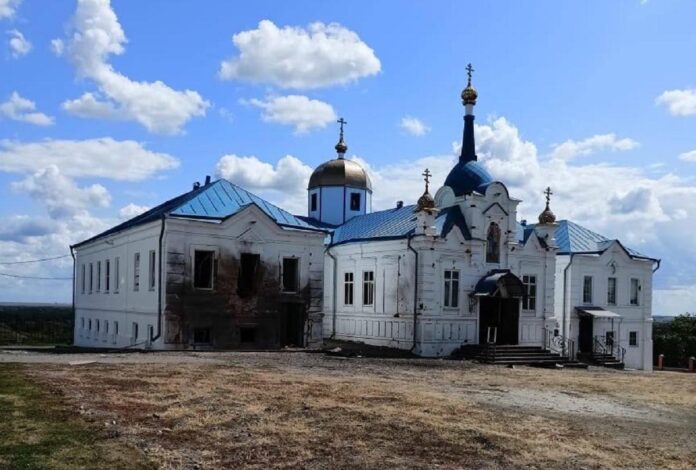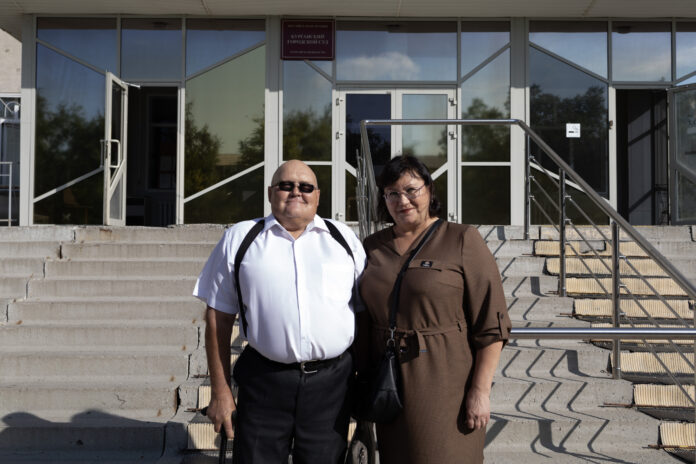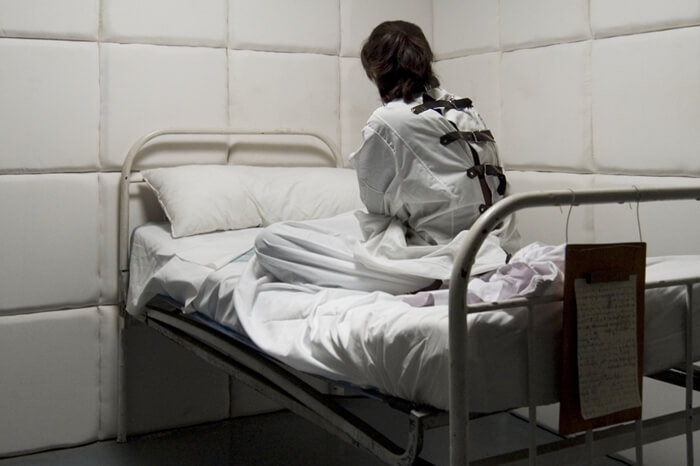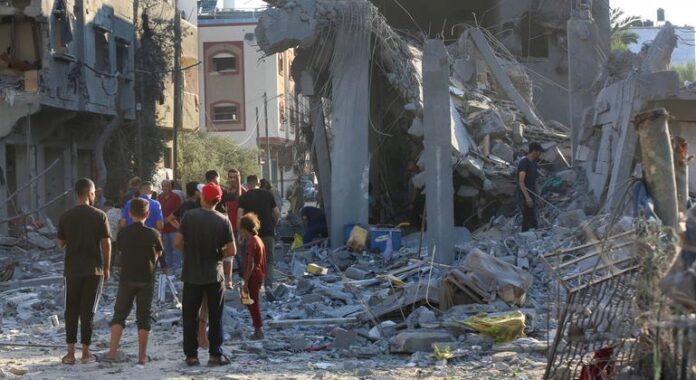At the beginning of August, the representative of the Russian Orthodox Church in the Czech Republic, Fr. Nikolay Lishchenyuk was declared persona non grata by the authorities. He has to leave the country within a month. He is accused that “with the support of the Russian authorities, he created a structure of influence and threatens the safety of the country.” The case was reported by the Czech publication denikn.cz and RIA Novosti.
Fifty-one-year-old priest Nikolay Lishchenyuk came to the Czech Republic around 2000. According to his official biography, he served in the church of the Russian Embassy in Prague, and later in Karlovy Vary, in the church of St. Peter and Paul”. In 2009, he was appointed as representative of the Moscow Patriarch in Prague, which was opened shortly before that – in 2007.
In August 2023, the Ministry of Foreign Affairs of the Czech Republic terminated his residence permit. He contested and his case reached the Constitutional Court, but lost. Father Nikolay was in the reach of the Czech special services because of “undesirable activity”. The documents in the case state that, with the assistance of the state authorities of the Russian Federation, he organized “an influence structure that aimed to support separatist tendencies in the countries of the European Union.” Therefore, according to the authorities in the Czech Republic, a “reasonable assumption of a threat to the security of the country” has arisen.
Information appeared in the Czech media about the cleric’s connections with Russian businessmen during the renovation of the Karlovy Vary church, as well as about “shadow income” of the ROC from a company for renting accommodation and non-residential premises in the Czech Republic. Already in June of this year, the Constitutional Court of the Czech Republic issued a final opinion, and a month later an extraordinary meeting of the Czech Senate was held regarding the activities of the structures of the Russian Orthodox Church in the country.
According to the chairman of the parliamentary committee on foreign policy, Pavel Fischer, “it would be a mistake to allow legal entities that are connected to a country hostile to us to operate in our country.” Moreover, the yard is subordinate to the patr. Kiril, who has been on the Czech Republic’s sanctions list since April 2023, Fischer said during a press conference on the expulsion of the Russian priest.
Czech media recall that this is not the first such case. In September 2023, the representative of the Russian church in Sofia archimandrite Vasian (Zmeev) was deported from Bulgaria along with two priests (one was not actually a cleric). They were summoned to the immigration office to be told that they were declared persona non grata and should leave the country within 24 hours.
In February of this year, the residence permit of the head of the Estonian Orthodox Church of Tallinn Metropolitan Yevgeny (Reshetnikov) was not extended because of his position on the war in Ukraine. Then the Estonian authorities announced that the ROC, which supports Russia’s aggression, is dangerous for the country.














